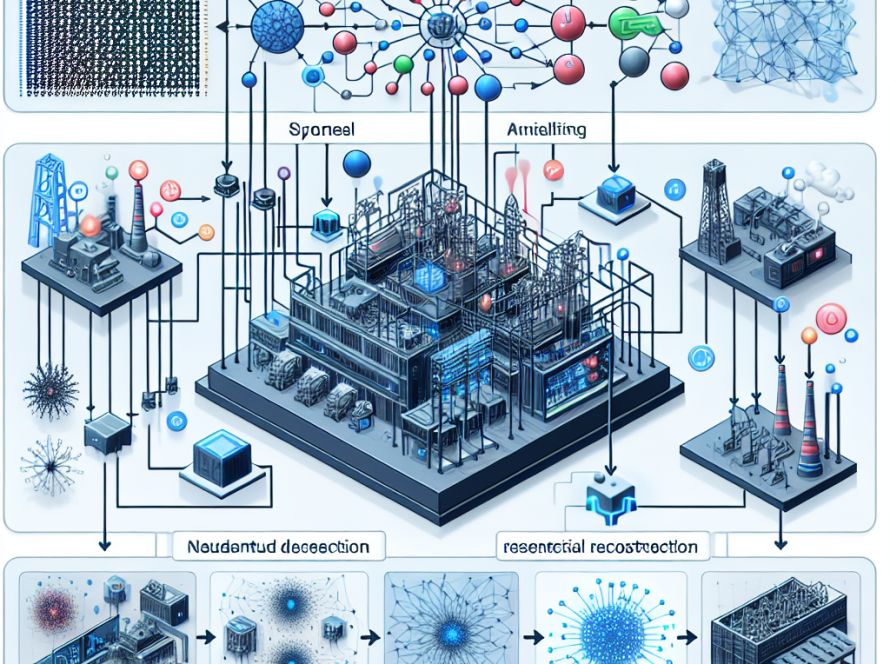There has been a wide-ranging debate on whether curiosity that drives technology research and development could also magnify risks associated with AI systems. Current AI manipulations and their misuse have shown us how curiosity can be both a source of progress and a harbinger of danger. One example is ChatGPT, which appeared to lose its interpretative patterns, demonstrating unnatural communication which gave some observers the feeling of witnessing a mental breakdown. A similar occurrence was reported with Microsoft’s Copilot.
Critics argue that we may start witnessing more of these unpredictable AI behaviors as they become more embedded into critical systems and possess more agency. AI developers, while attempting to improve their moderation systems or guardrails against these ‘AI abuses,’ ought to be aware that human curiosity may often outsmart these security measures. Concerns are that if AI becomes more intelligent and independent, this could lead to even higher risks.
Pioneering the creation of artificial general intelligence (AGI), a level of artificial intelligence that can match and even surpass human abilities, could change what it means to be human. However, its attainment is debated, with some experts warning of the risks of AGI whilst others doubt its eventuality. If AI were to achieve AGI, it would require the capacity for self-reflection, creativity, and curiosity just like humans.
In order to introduce these human traits into AI, new architectural models are being developed, taking inspiration from cognitive processes. Early models are showing promise, but sophisticated AI with curiosity is currently beyond our reach. Yet, if AI could think and act autonomously just like humans, the risk of their misuse would multiply, and we would face a dual threat of AI and human curiosity.
Whether we can effectively secure AGI against human curiosity remains doubtful, and experts argue it’s not about eliminating the risks but anticipating and navigating them responsibly. Consequently, this would involve building AI architectures with safeguards such as ethical constraints, robust uncertainty estimation, and the capacity to flag potentially harmful outputs. Curiosity in the context of AI is a paradox that we may not fully resolve, but by developing the wisdom, humility, and foresight necessary, we are better positioned to handle any arising challenges.


